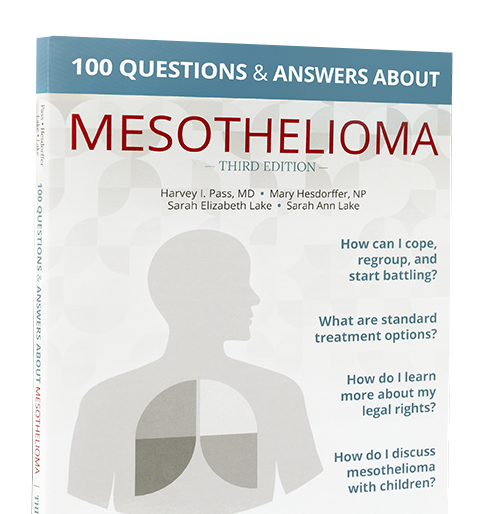Researchers at Harry Perkins Institute of Medical Research (HPIMR) say gene regulators known as microRNA (miRNA) have become of interest in the diagnosis and treatment of malignant pleural mesothelioma (MPM). The small but powerful miRNA were first suggested to have biological roles in MPM in 2009 by Guled and colleagues. The team had identified a number of miRNA that were “expressed significantly different” between mesothelioma tissue and normal pericardium and the “three MPM subtypes.”
MicroRNAs are small, non-coding RNA molecules, which target genes and regulate gene expression and function. They can function as “oncogenes and/or tumor suppressors,” explains the HIPMR team, and they have characteristics that make them “attractive biomarkers,” including being stably expressed in fluid and tissue and “easily measurable using techniques such as quantitative real-time PCR (qPCR).”
In their research, the Guled team noted that “miRNA were predicted to target some of the more commonly affected genes in MPM including cyclin-dependent kinase inhibitor 2A (CDNK2A), neurofibromatosis type 2 (NF2), jun oncogene, hepatocyte growth factor and platelet derived growth factor. The miRNA were also located in chromosomal areas known to be deleted or gained in MPM.”
“A number of miRNA have now been identified as aberrantly expressed in MPM with a select few shown to regulate cell activity.”
Mesothelioma is a deadly cancer caused by exposure to asbestos. Because of the long latency period for the disease (20-40 years), diagnosis often occurs when the disease has already reached an advanced stage, making it extremely difficult to treat. Patients diagnosed in the later stages of mesothelioma often have a very poor prognosis and a reduced quality of life. In a Newswise report, Sbarro Health Research Organization (SHRO) noted, “the incidence of this disease is increasing as exposure to asbestos still occurs. A new wave of cases is a real concern.”
“Abnormal expression of miRNA plays a relevant role in cancer biology and they are therefore a potential target for the development of innovative cures,” notes SHRO. The HPIMR team adds, “with the advancement of technology and an increase in collaborative efforts, novel miRNA diagnostic and therapeutic approaches for mesothelioma can be developed.”
An effort is already underway in the lung cancer field with researchers “performing a series of tests to optimize miRNA quantification in serum from a cohort of more than 1000 patients.” A standardized method for the analysis of miRNA in serum was suggested.
If you have been diagnosed with mesothelioma, newer or experimental therapies could be effective in treating your specific type of mesothelioma. Talk to your doctor today about all of your options today.
Sources
Birnie, Kimberly A., Cecilia M. Prete and Phillip J. Thompson. "Targeting microRNA to improve diagnostic and therapeutic approaches for malignant mesothelioma." U.S. National Library of Medicine. National Center for Biotechnology Information (NCBI), 29 Sep. 2017. Web. 24 Sep. 2018.
Sbarro Health Research Organization (SHRO). "New MicroRNA Target May Inhibit Mesothelioma and Unveils Method to Identify Potential Treatments." Newswise. Newswise, Inc., 24 Aug. 2018. Web. 24 Sep. 2018.





